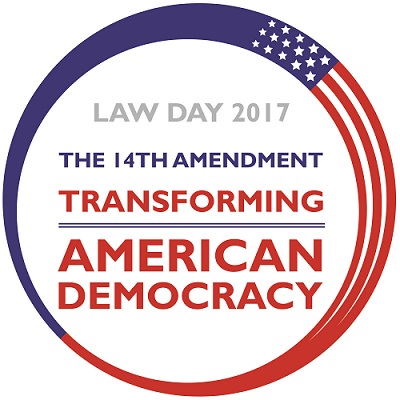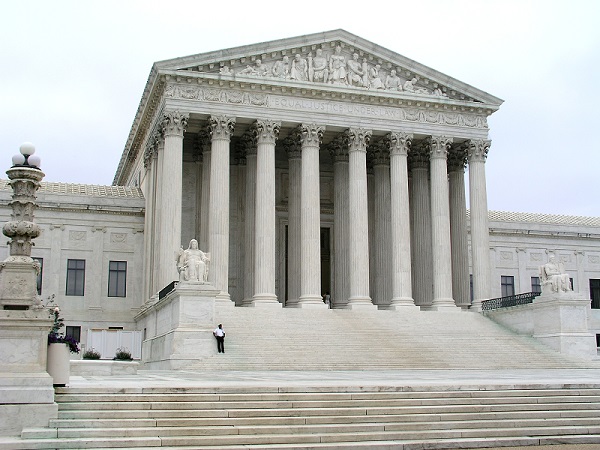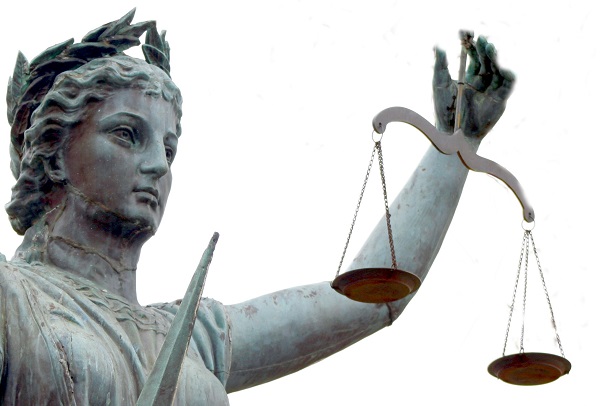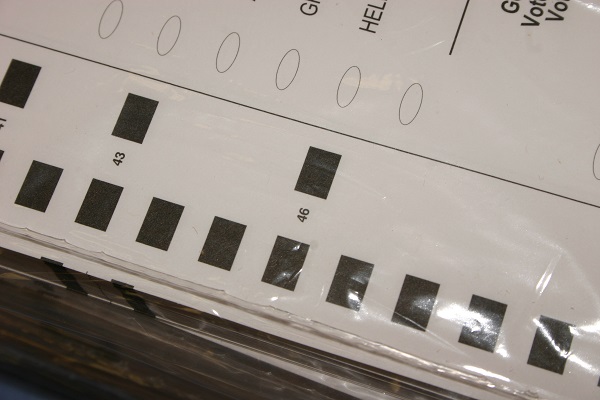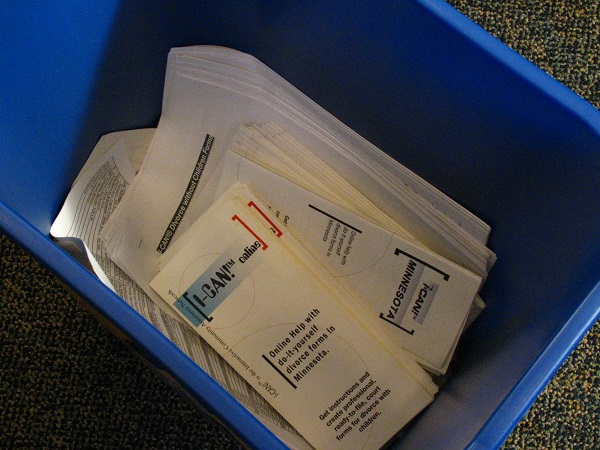Be aware that our annual Law Day CLE event is coming up, which you will want to attend. The theme of this year’s ABA-inspired event is “The Fourteenth Amendment – Transforming American Democracy.” Our event, held in partnership with the Ramsey County Bar Association, will be held at 3:00 PM on Thursday, May 4 in the Ramsey County Court House. We are proud to have Minneapolis attorney Donald M. Lewis as our speaker for this event! He will be sharing his knowledge and experience with us in his presentation “Equal Protection of the Laws: The Journey from Jim Crow to Gay Marriage.” His presentation will consider the Fourteenth Amendment’s promise of equality and a “top ten” review of such U.S. Supreme Court decisions. It will also consider the shortcomings of those decisions in improving social, economic and political outcomes. Historic applications of the clause in Minnesota cases will also be noted. This presentation is free to attend and open to the public. (Read here for more details about attorney CLE fees for this program.)
For a little background, the Fourteenth Amendment contains the Citizenship Clause, the Privileges and Immunities Clause, The Due Process Clause, the Enforcement Clause, and the Equal Protection Clause. One of the three Reconstruction Amendments, its first section was drafted by Representative John Bingham of Ohio. After its passage through Congress, President Johnson made a speech stating that submission of this groundbreaking amendment to the states for ratification was “purely ministerial.” He seemingly sought to reassure Americans and their state legislatures that they were under no pressure from him to act on the amendment. Enough states did act however, and it was ratified on July 9, 1868. Nearly 150 years later, the amendment has become one of the most litigated parts of the Constitution, forming the basis for landmark decisions such as Brown v. Board of Education (1954), Roe v. Wade (1973), Bush v. Gore (2000), and Obergefell v. Hodges (2015). Check out this fascinating timeline from the ABA website detailing the events leading up to the ratification of Fourteenth Amendment and its subsequent “transformation on American democracy.”
